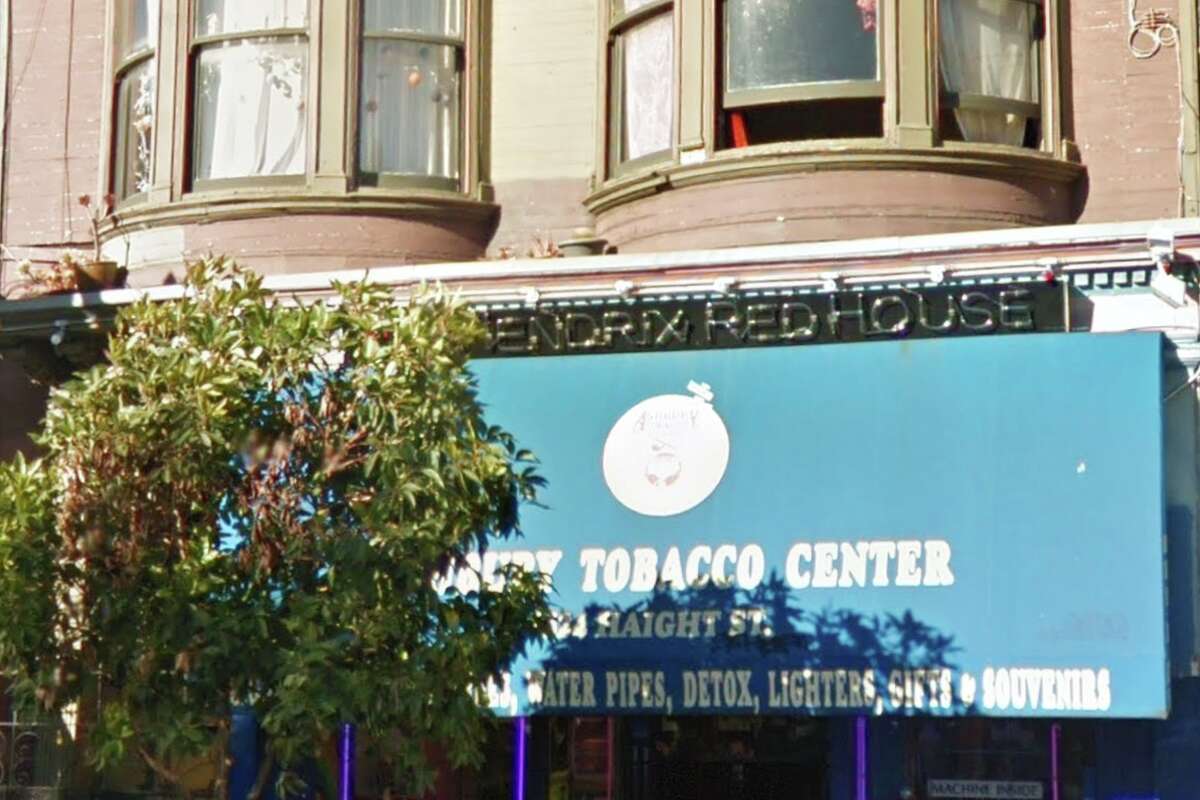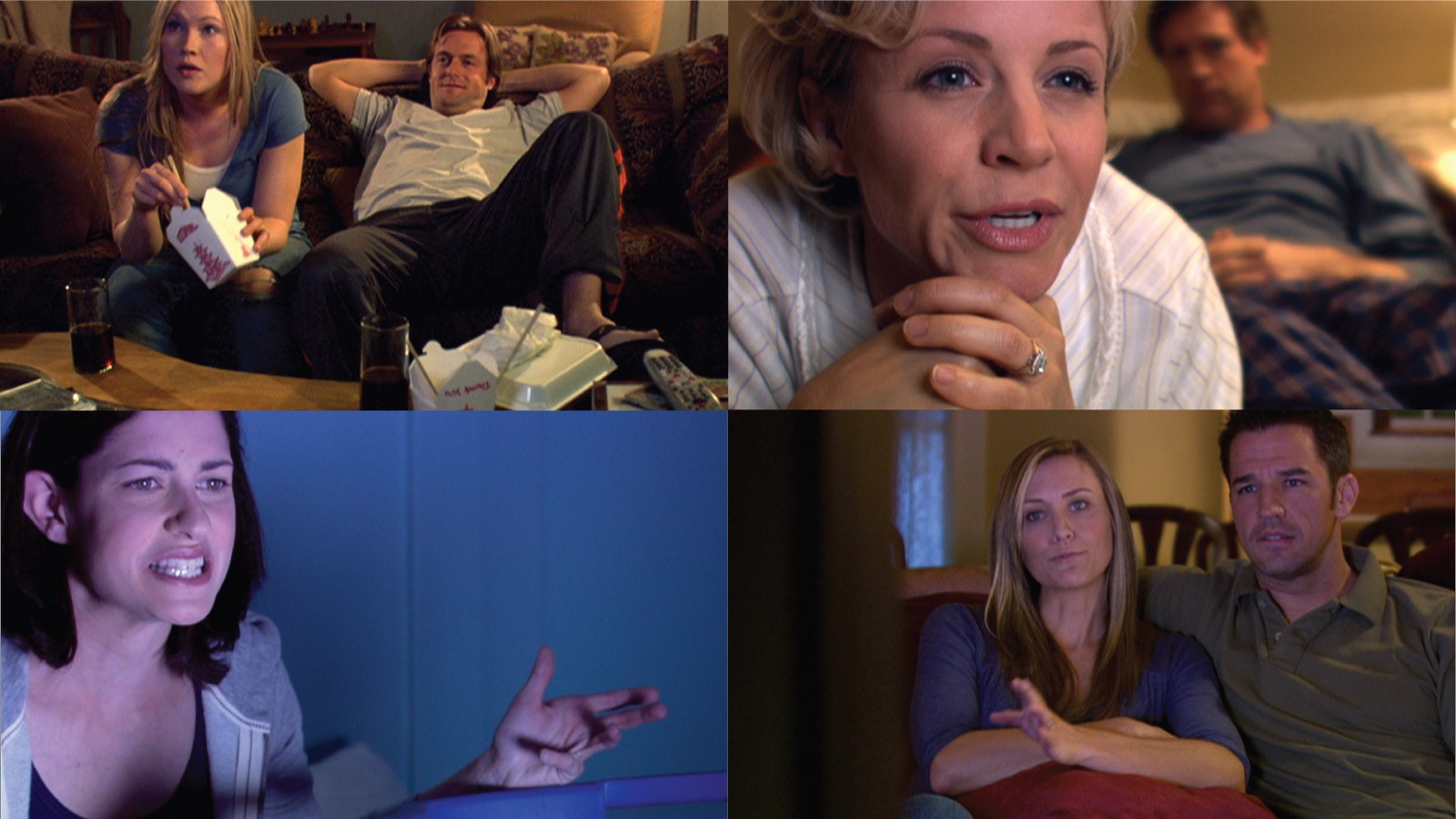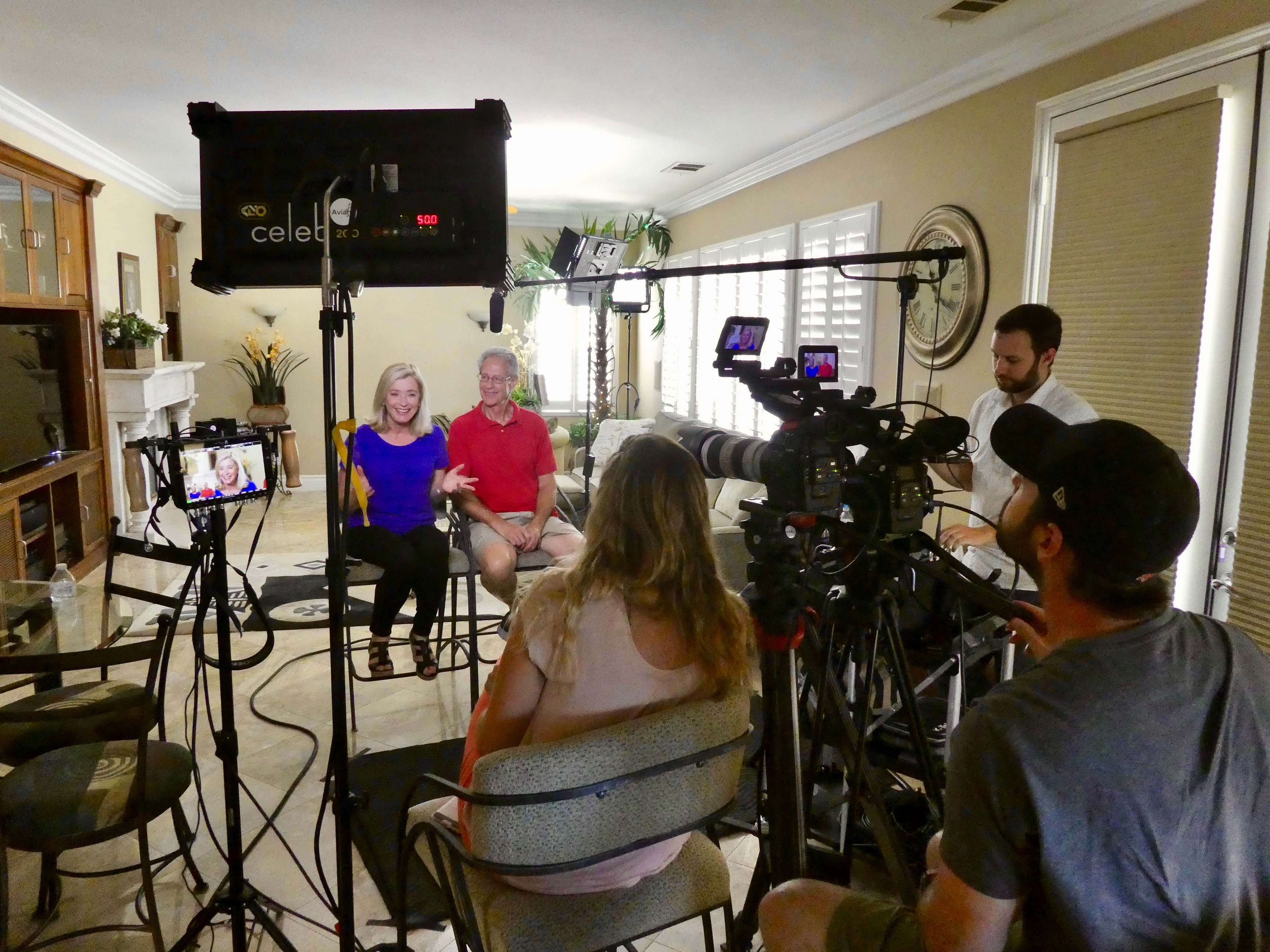Table Of Content

Of course, no discussion of “Red House” would be complete without mentioning Hendrix’s incredible guitar playing. Hendrix was a master of the instrument, and his playing on “Red House” is some of his best. "Red House" was first released on the British edition of Hendrix's debut album Are You Experienced in May 1967 (for the American album release, previously released Experience singles were used in its place). A second similar take was eventually released in the US in July 1969 on the American Smash Hits compilation.
The Meaning Behind The Song: Red House by The Jimi Hendrix Experience
Red Room gets Purple Haze, Jimi Hendrix homage - tahoeonstage.com
Red Room gets Purple Haze, Jimi Hendrix homage.
Posted: Fri, 24 Feb 2023 17:55:28 GMT [source]
The song’s emotional depth and powerful performances resonated with audiences, further cementing Hendrix’s status as a musical legend. Before he was the champ, Ali released an album called I Am The Greatest! “Red House” may be over 50 years old, but it still resonates with fans today. Its themes of love, loss, and separation are timeless, and Hendrix’s guitar playing is as impressive as ever. The blues often deals with themes of heartbreak, loss, and loneliness, and “Red House” is no different. Hendrix’s lyrics touch on the pain of separation and the fear of losing someone you love.
Music
Yes, “Red House” has been covered by numerous artists over the years, paying tribute to Hendrix and showcasing their own interpretations of the song. Notable renditions include those by Stevie Ray Vaughan, Buddy Guy, and Clapton. The title “Red House” refers to a place of solace and refuge, symbolizing the protagonist’s longing for a home filled with love and companionship.
What inspired Jimi Hendrix to write “Red House”?
Jimi Hendrix's 20 greatest guitar moments, ranked - Guitar.com
Jimi Hendrix's 20 greatest guitar moments, ranked.
Posted: Mon, 18 May 2020 07:00:00 GMT [source]
By mid-1966, Hendrix had had enough of playing the chitlin circuit behind Little Richard, Curtis Knight, Jackie Wilson, the Isley Brothers, and other touring R&B acts. These gigs required him to stay in the background and adhere to carefully arranged parts. Pay was minimal, recording opportunities sparse, and life on the road was hard, particularly in the Jim Crow South. Onstage, Hendrix was required to conform to the image of touring R&B musicians, with their slick hair, matching suits, and choreographed stage moves.
You run that type of playing through a Fuzz Face and a loud amp, and what do you have? You have something that somebody may interpret as something else, but it’s really nothing but blues. Since he was so hot on guitar, people said, ‘Wait a minute, we’ve never heard blues played like this,’ but that’s what it was.
A Deep Dive into the Meaning Behind Jimi Hendrix’s “Red House”
The opening song "Hear My Train A Comin'" (frequently referred to by Hendrix as "Getting My Heart Back Together Again") was recorded at Bruce Fleming Photography Studio, London, on December 19, 1967. A Hendrix original, it was from a long lost master tape of Hendrix alone playing a 12-string acoustic right-hand guitar, strung for left hand and singing in a Delta blues manner. This live studio performance was filmed for, and included in, the film See My Music Talking, and later included in the 1973 documentary Jimi Hendrix and accompanying soundtrack LP. The last song on Blues is a live version of "Hear My Train A Comin'", recorded on May 30, 1970, at the Berkeley Community Theatre, that had previously been released on the posthumous Rainbow Bridge album in 1971.
The Blues Influence
Its themes of love, loss, and separation are universal, and Hendrix’s guitar playing is unparalleled. Whether you’re a fan of blues music or simply appreciate great guitar playing, “Red House” is a must-listen. While military life didn’t suit him, he found a lifelong friend there in Billy Cox, who played bass alongside him during their journeyman days. Years later, Billy rejoined Jimi for his appearances at Woodstock, with the Band of Gypsys, and during his final tours. “You can call Jimi Hendrix whatever you like,” Cox told me, “but he was a blues master.
How did “Red House” resonate with audiences upon its release?
It represents a metaphorical sanctuary, which he hopes to find again amidst his heartache. Bob Marley gave the songwriting credit for "No Woman No Cry" to his friend Vincent Ford, who ran a soup kitchen in Trenchtown, the area of Kingston where Marley grew up. Andre 3000 played all the instruments on Outkast's "Hey Ya" except bass. Old Time Music is proud to have such a passionate and talented team of writers who share their love for music with our readers. We hope you enjoy the articles and insights they bring to our platform.
Talking Guitar ★ Jas Obrecht's Music Magazine
The (Meat)puppetmaster takes us through songs like "Lake Of Fire" and "Backwater," and talks about performing with Kurt Cobain on MTV Unplugged. Although Hendrix seeks to follow roughly the same musical roadmap in each performance, visiting many of the same locations, he never takes the same route twice. Scrobbling is when Last.fm tracks the music you listen to and automatically adds it to your music profile.

While “Red House” is a blues song at heart, it’s also deeply personal to Hendrix. In interviews, Hendrix spoke about the pain of being separated from his family and loved ones for long periods of time. He was often on the road, touring relentlessly, and this separation took a toll on him. Upon its release, Blues was met with favorable reviews and chart successes, selling over 500,000 copies in its first two years of release.
Desperately poor and running out of opportunities, he was living hand-to-mouth in New York City when a chance encounter with Chas Chandler, bassist for the Animals, led to an invitation to leave it all behind. Chandler promised Jimi that if he accompanied him to England, he could help him organize a band, score him a record deal, and – at Jimi’s specific request – introduce him to Eric Clapton. “Red House” endures as a masterpiece due to its timeless themes, soul-stirring performances, and Hendrix’s ability to convey deep emotions through his music. Its universal appeal transcends generations, allowing new listeners to connect with its profound message of heartache and hope. The live performances of “Red House” were met with great enthusiasm from audiences. Hendrix’s dynamic stage presence and electrifying guitar solos showcased his technical prowess and captivated concertgoers.












